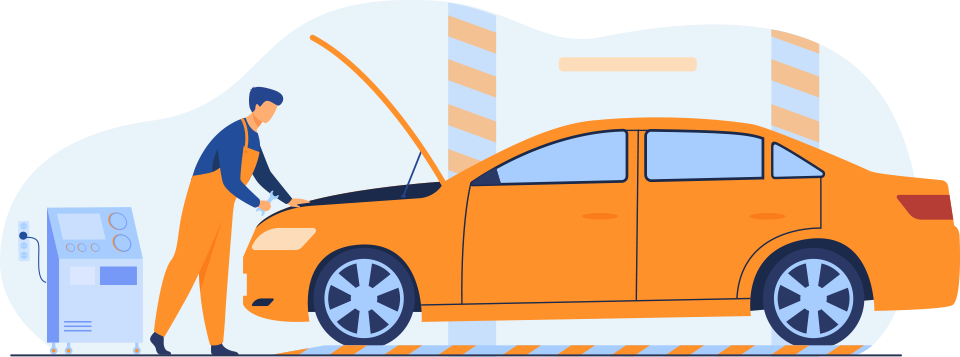Tire Pressure: A Key to Safe and Efficient Driving
Tire pressure is a fundamental yet often neglected aspect of vehicle maintenance. The air inside your tires plays a crucial role in ensuring safe handling, fuel efficiency, and tire longevity. In this article, we’ll explore the importance of maintaining the correct tire pressure and provide practical tips for doing so.
The Significance of Proper Tire Pressure
Optimal Handling and Performance
Maintaining the recommended tire pressure is essential for optimal handling and overall vehicle performance. Under-inflated tires can lead to sluggish steering response, reduced traction, and increased braking distances.
Fuel Efficiency
Properly inflated tires contribute to better fuel efficiency. Under-inflated tires create more rolling resistance, requiring the vehicle to use more energy, and consequently, more fuel to move. Keeping the right tire pressure helps save on fuel costs.
Tire Longevity
Over-inflated or under-inflated tires wear unevenly, reducing their lifespan. Proper tire pressure ensures even wear across the tread, extending the life of your tires and saving you money in the long run.
Determining the Correct Tire Pressure
Refer to the Vehicle Manual
The recommended tire pressure for your vehicle can typically be found in the owner’s manual or on a sticker located on the driver’s side door jamb. It’s crucial to follow the manufacturer’s guidelines for optimal performance.
Check Tire Pressure Regularly
Tire pressure can fluctuate due to temperature changes and normal wear. Regularly checking and adjusting the tire pressure, at least once a month, ensures that your tires are always at the right level.
How to Check and Inflate Tires
Use a Reliable Tire Pressure Gauge
Invest in a quality tire pressure gauge to accurately measure the air pressure in each tire. Digital or analog gauges are available, and they are easy to use and provide precise readings.
Check Tire Pressure When Cold
Tire pressure increases as tires warm up during driving. For accurate readings, check and adjust tire pressure when the tires are cold, preferably before you start driving for the day.
Inflate to the Recommended PSI
Using the recommended tire pressure, inflate your tires to the specified pounds per square inch (PSI). Over-inflating can be as detrimental as under-inflating, so it’s crucial to adhere to the manufacturer’s guidelines.
Common Misconceptions About Tire Pressure
“Tire Pressure Doesn’t Affect Fuel Efficiency”
Contrary to this belief, proper tire pressure significantly impacts fuel efficiency. Maintaining the correct pressure helps reduce rolling resistance and improves gas mileage.
“I Can Tell If My Tires Are Under-Inflated by Looking at Them”
Visual inspection is not always accurate. Under-inflated tires may not appear noticeably deflated, and relying on sight alone can lead to driving with improperly inflated tires.
Conclusion
Proper tire pressure is a simple yet impactful aspect of vehicle maintenance that directly influences safety, performance, and cost-effectiveness. By incorporating regular tire pressure checks into your routine, you contribute to safer roads, lower fuel consumption, and a longer lifespan for your tires.
FAQs: Answering Common Queries About Tire Pressure
- How often should I check my tire pressure?
- It’s recommended to check tire pressure at least once a month and before long trips. Regular checks help maintain optimal tire performance.
- Can I rely on the tire pressure monitoring system (TPMS) in my vehicle?
- While TPMS provides alerts for significant pressure changes, it’s advisable to use a tire pressure gauge for precise measurements during regular checks.
- What happens if I consistently drive with under-inflated tires?
- Consistently driving with under-inflated tires can lead to reduced fuel efficiency, uneven tire wear, and increased risk of blowouts.
- Is it necessary to adjust tire pressure for changing seasons?
- Yes, temperature fluctuations can affect tire pressure. It’s advisable to check and adjust tire pressure with the changing seasons.
- Can I overinflate my tires for better fuel efficiency?
- Overinflating tires is not recommended, as it can lead to a harsher ride, reduced traction, and uneven tire wear. Stick to the manufacturer’s recommended tire pressure for optimal performance.







